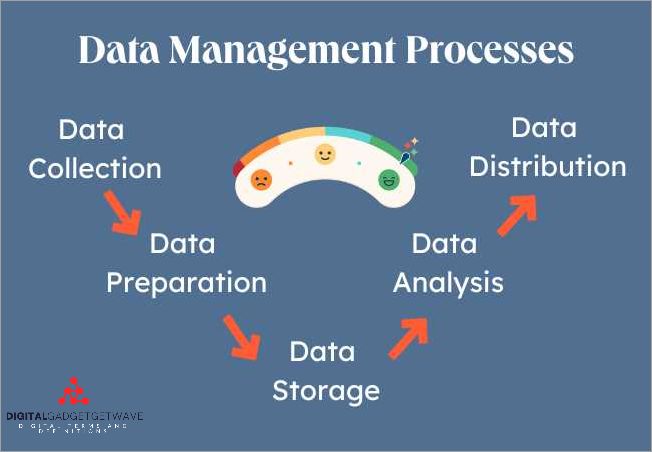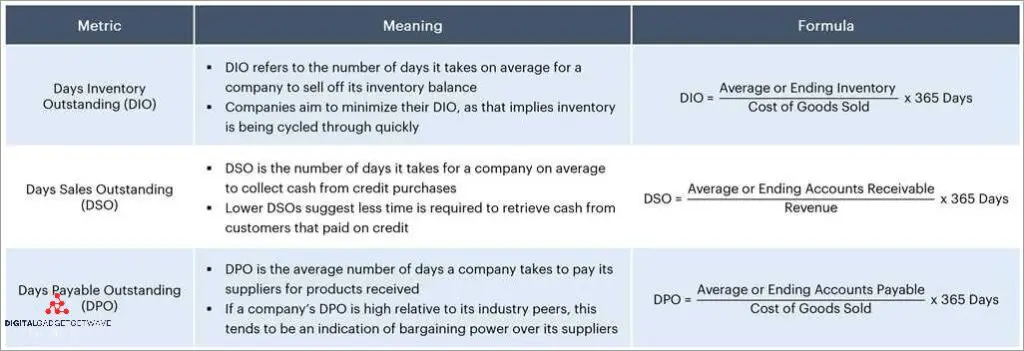S.a.s. Meaning: Decoding the abbreviation
The abbreviation S.a.s. stands for “Società in accomandita semplice,” which translates to “simple partnership company” in English. It is a legal form of business organization in Italy that allows two or more individuals to come together and carry out economic activities under a common name. This type of company is commonly used by professionals and ...








